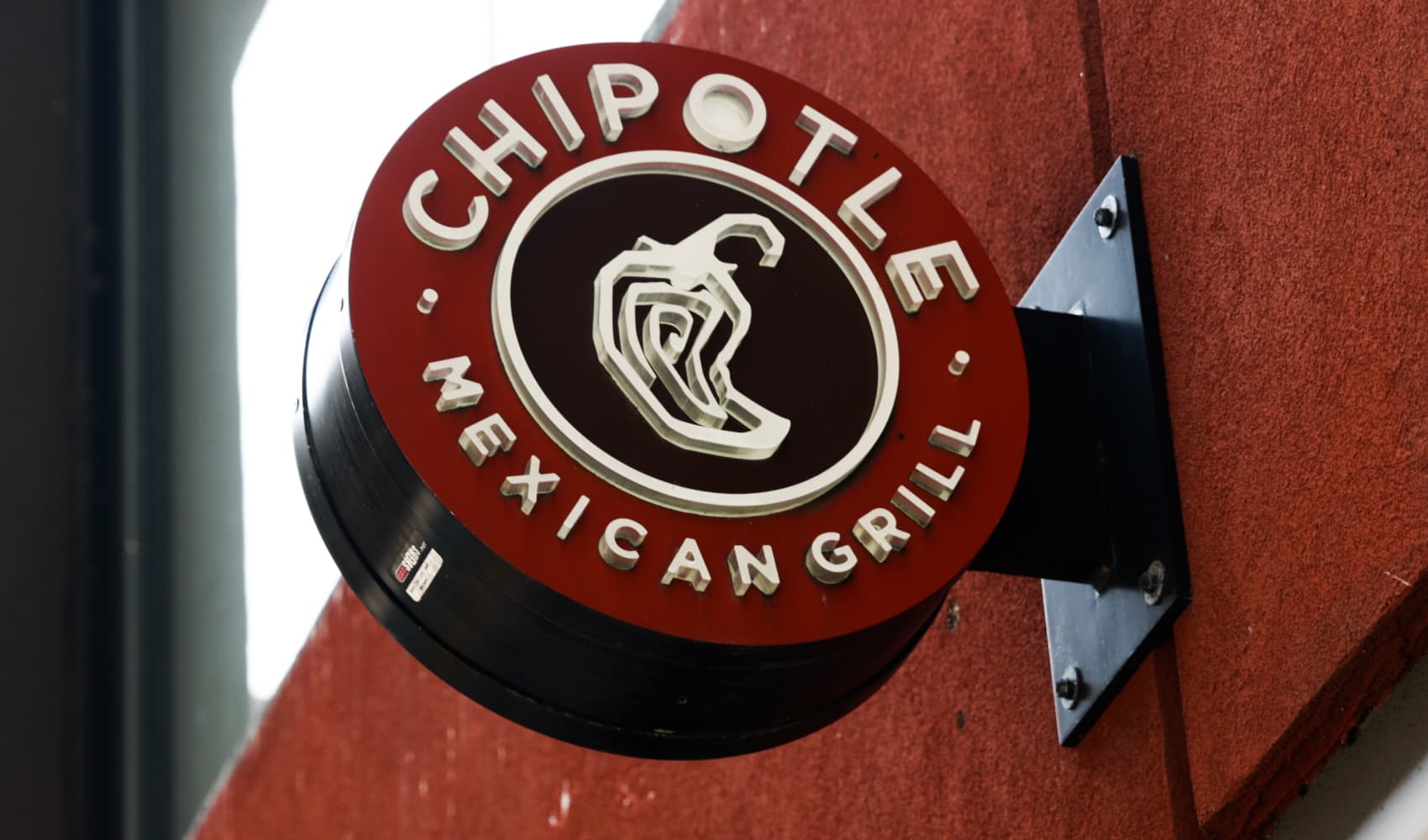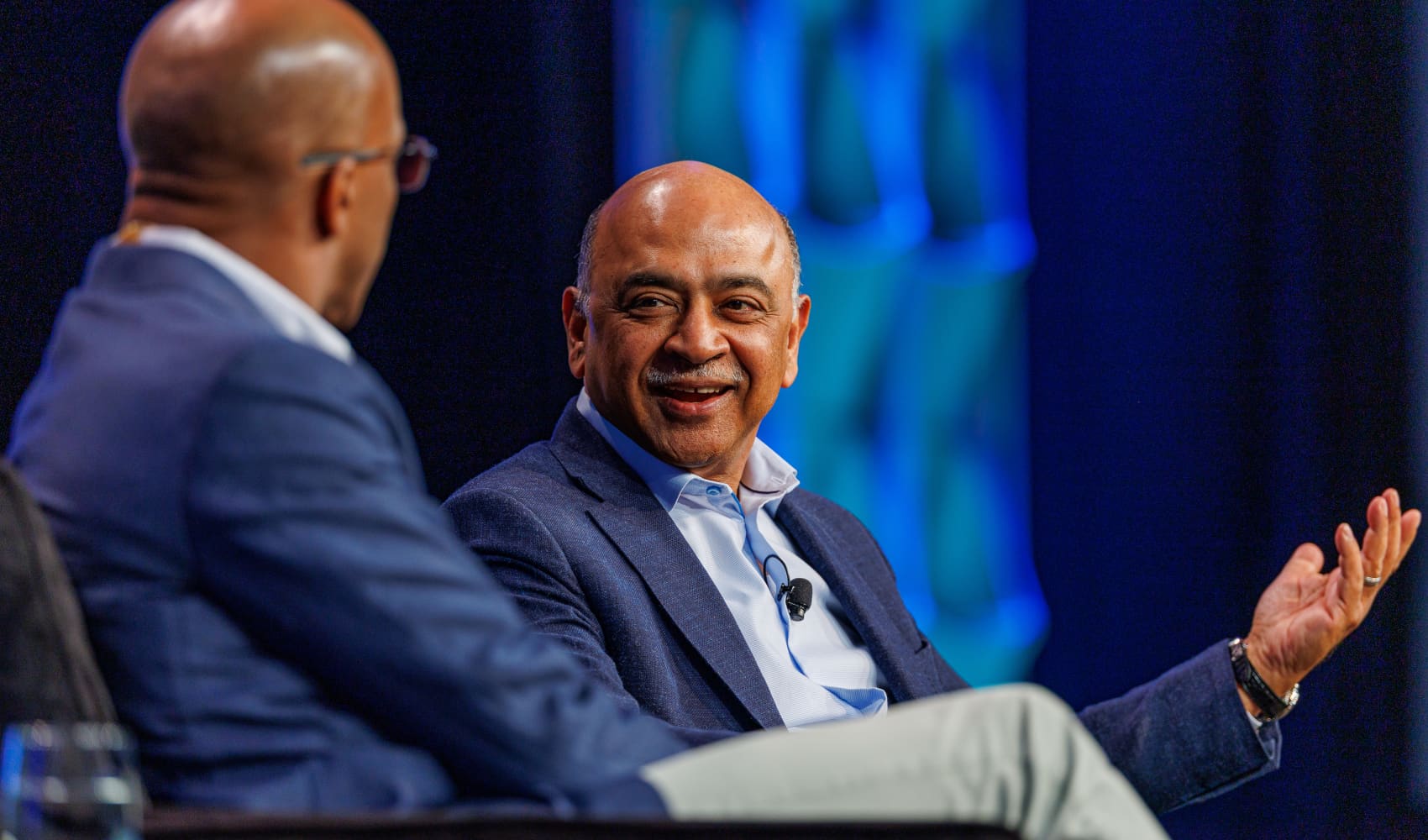Tesla Revenue Crash: Auto Sales Plunge 20%! What's Next?
Tesla's Q1 Shocker: Auto Revenue Plummets 20%! What's Next?
The Electric Jolt That Rocked Wall Street
Tesla, the electric vehicle titan, has sent ripples through the financial world with its latest earnings report. First-quarter results fell short of Wall Street's expectations, with a significant 20% drop in automotive revenue. Ouch! But what does this mean for the future of Tesla, the electric car market, and your potential investment?
Tesla's Q1 Earnings: A Deeper Dive
Let's break down the key takeaways from Tesla's less-than-stellar first-quarter performance. It wasn't just a minor blip; the company missed on both the top and bottom lines, leading to a shakeup in investor confidence.
The Numbers Don't Lie
The stark reality is that Tesla's automotive revenue took a significant hit, declining by 20% compared to the same period last year. That’s a substantial chunk of change! This drop raises questions about demand, production bottlenecks, and increased competition. Could this be a temporary setback, or is it a sign of deeper challenges ahead?
The Stock's Tumultuous Ride
Tesla's stock has been on a rollercoaster ride this year, and the recent earnings report only added fuel to the fire. As of Tuesday's close, the stock is down a whopping 41% year-to-date. Investors are clearly concerned, and the market is reflecting that uncertainty.
Possible Reasons Behind the Revenue Dip
Why the sudden downturn in automotive revenue? Let's explore some potential factors:
Increased Competition in the EV Market
The electric vehicle landscape is becoming increasingly crowded. New players are emerging, and established automakers are ramping up their EV production. This increased competition is undoubtedly putting pressure on Tesla's market share. Think of it like a pie – as more people want a slice, each slice gets smaller.
Production Bottlenecks and Supply Chain Issues
The global supply chain has been a major headache for manufacturers across various industries, and Tesla is no exception. Shortages of critical components, like semiconductors, can disrupt production and delay deliveries. Is Tesla managing its supply chain as effectively as it could be?
Price Cuts and Margin Pressure
Tesla has been known to adjust its pricing strategy to remain competitive. While price cuts can boost sales volume, they can also squeeze profit margins. It’s a delicate balancing act between attracting customers and maintaining profitability. Lower prices, higher volume – sounds great, but it can eat into the bottom line.
Elon Musk's Vision: Still on Track?
Elon Musk is known for his ambitious vision for Tesla, encompassing not just electric vehicles but also energy storage, solar power, and artificial intelligence. But with the recent financial setbacks, are his lofty goals still achievable?
The Impact of Distractions: Twitter (X) and Beyond
Musk's acquisition of Twitter (now X) has undoubtedly diverted his attention and resources. Some argue that his focus on other ventures has come at the expense of Tesla's performance. Is he spreading himself too thin? Only time will tell if his other projects will ultimately benefit Tesla or detract from it.
What This Means for Consumers
So, what does all of this mean for you, the consumer? Well, it could be a mixed bag. On the one hand, increased competition and potential price cuts could make Tesla vehicles more accessible. On the other hand, production delays and quality control issues could become more prevalent.
Potential for Lower Prices
With increased competition, Tesla might be forced to offer more aggressive pricing to attract buyers. This could be good news for consumers looking to purchase a Tesla. A price war in the EV market? Sign me up!
Possible Delays and Quality Concerns
As Tesla strives to increase production and maintain profitability, there's a risk of compromising on quality control and delivery timelines. Are we going to see more reports of panel gaps and software glitches?
The Future of Tesla: Navigating the Road Ahead
Despite the recent challenges, Tesla remains a dominant force in the electric vehicle market. However, the company needs to address the issues that contributed to the first-quarter revenue decline. The road ahead won't be easy.
Innovation and Technology
Tesla needs to continue innovating and developing cutting-edge technology to maintain its competitive edge. This includes advancements in battery technology, autonomous driving, and manufacturing processes. Tesla needs to keep pushing the envelope!
Strategic Partnerships
Forming strategic partnerships with other companies in the automotive and technology sectors could help Tesla overcome its challenges and expand its reach. Collaboration can be key to success in a rapidly evolving industry.
Managing Investor Expectations
Tesla needs to be more transparent with investors about its challenges and its plans for addressing them. Clear communication can help restore confidence and stabilize the stock price. After all, a happy investor is a supportive investor.
The Broader Implications for the EV Market
Tesla's struggles could have broader implications for the electric vehicle market as a whole. It could signal a slowdown in EV adoption or a shift in market share towards other manufacturers. Is this just a Tesla issue, or a sign of trouble for the entire EV industry?
Conclusion: A Crossroads for Tesla
Tesla's 20% drop in auto revenue and the miss on Wall Street estimates highlight the challenges the company faces. Increased competition, supply chain issues, and internal distractions all contributed to the disappointing results. While the future remains uncertain, Tesla's ability to innovate, adapt, and manage investor expectations will ultimately determine its long-term success. It's a pivotal moment for the company – a crossroads where its future hangs in the balance.
Frequently Asked Questions (FAQs)
- Why did Tesla's automotive revenue drop by 20% in the first quarter?
The drop can be attributed to a combination of factors, including increased competition in the EV market, ongoing supply chain issues, and strategic price cuts aimed at boosting sales volume. The Gigafactory ramp-up issues and geopolitical uncertainty likely played a significant role as well.
- What impact does Elon Musk's ownership of X (formerly Twitter) have on Tesla?
Some believe that Musk's focus on X diverts his attention and resources from Tesla, potentially impacting the company's performance. Others argue that his broader vision and network could ultimately benefit Tesla in the long run. The true impact is still unfolding.
- How will this revenue drop affect consumers considering buying a Tesla?
Consumers might benefit from potential price cuts as Tesla strives to remain competitive. However, they should also be aware of potential production delays or quality control issues that could arise as the company navigates its challenges. Research and due diligence are key.
- Is this a sign that the electric vehicle market is slowing down?
It's too early to definitively say. While Tesla's struggles could indicate a slowdown, it could also represent a shift in market share towards other EV manufacturers. The overall demand for electric vehicles is still expected to grow in the long term.
- What steps can Tesla take to improve its financial performance?
Tesla needs to address its supply chain issues, continue innovating in battery technology and autonomous driving, manage investor expectations more effectively, and potentially form strategic partnerships to expand its reach. Focus, efficiency, and transparency are crucial.










